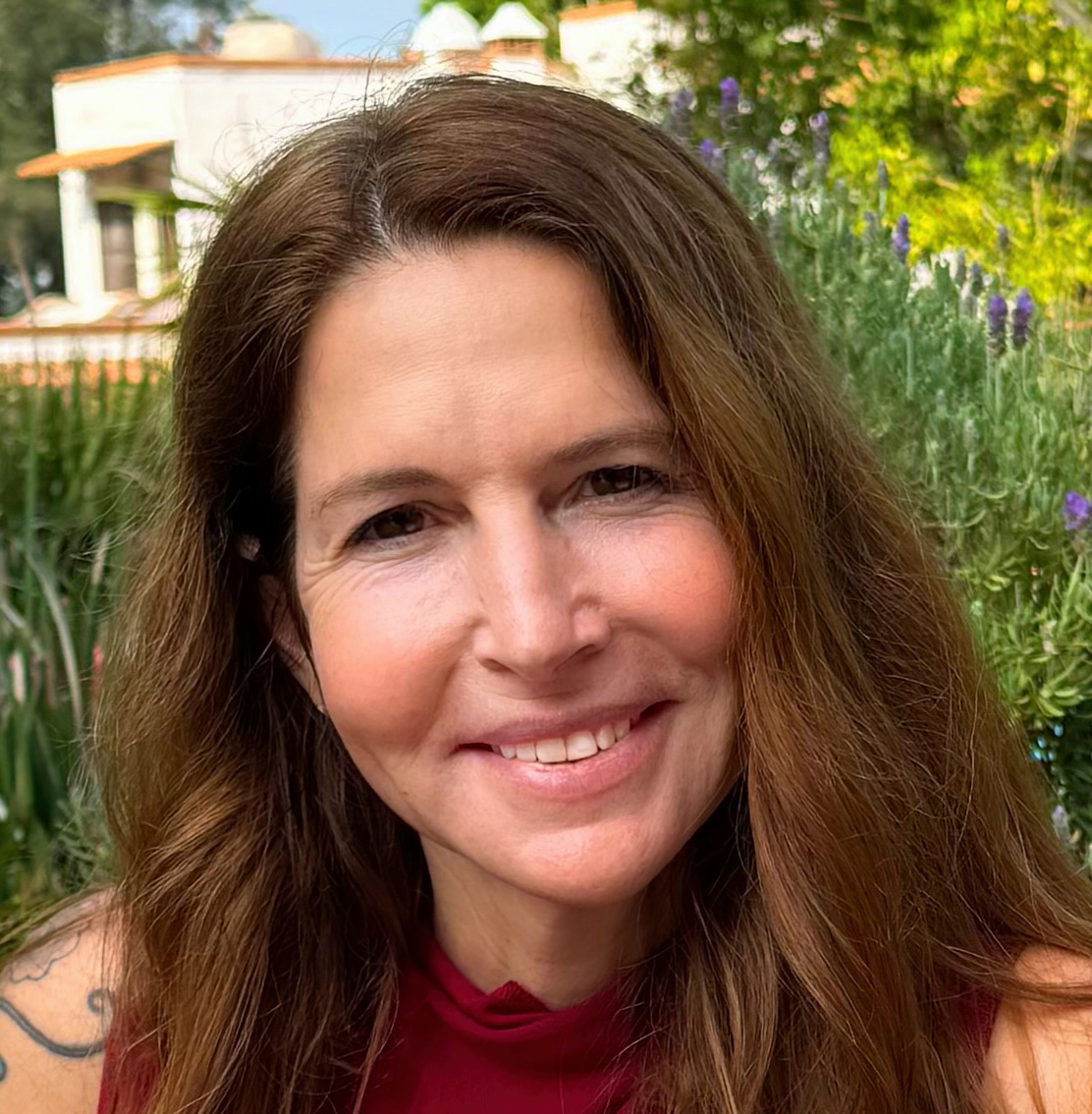
Hope That Stays: Devotion, Endurance, and the Courage to Keep Walking
Hope That Stays: Devotion, Endurance, and the Courage to Keep Walking
We live in a culture obsessed with speed: life hacks, instant downloads, overnight anything. It’s intoxicating or exhausting depending on the day. Hope gets flattened into a wish for quick relief. But real hope, the kind that anchors a life in spirit and matures a soul is a stable foundation that cannot be found in a dash after the lastest of latest and their momentary hopes that fade into yet another disappointment,
This article is an invitation to a steadier hope. Not the rush of the next spiritual high, but the strong, quiet current that carries us through dry seasons, disappointments, and the ordinary days of a human life.
It’s a hope woven from devotion and endurance.

Hope is not passive. It's practice
Hope is often confused with for passivity: “Just be patient and keep a positive attitude.” But staying the course doesn’t mean shrinking our aspirations. If anything, it the bedrock of our commitment to the vastest that your path really is. Endurance isn’t about lowering the bar; it’s about building the strength to meet a calling that’s bigger than you imagined. That strength is grown through practice -the small, faithful choices that reorient us toward what matters, again and again.
Hope is the result of a connection with what is good and the recognition that that goodness cannot be conquered.
Devotion: the heartbeat of endurance
When the path feels steep, devotion is the spark that keeps the engine turning. It’s not spectacle; it’s the daily “yes.” Devotion is the quiet vow we renew -through prayer, through ritual, through the way we show up for our life when no one is watching. Over time, devotion builds what I think of as spiritual musculature: consistency, courage, and a deeper capacity to hold light regardless of what we are faced with.
Devotion isn’t a mood. It’s how we direct our attention, our energy, our choices toward what is true regardless of our mood. In this way, devotion and personal power are linked. Real empowerment is not “power over”; it’s the right-sized strength to choose in alignment with your core and with Spirit, again and again. That alignment is how hope becomes durable.
The quick-fix trap (and why it leaves us emptier)
The hunger for the next download, the next visionary fireworks, can slide into spiritual materialism. We start chasing experiences instead of cultivating depth. Peak moments can be beautiful…and they’re not the point. Without rooted practice, even the brightest experience dissipates. With our devotion to rooted practice, hope becomes our baseline rather than peak -a steady flame instead of a flash in the pan.
There’s a related temptation: bypassing. “Everything happens for a reason,” we say, sidestepping the grief, the repair, the accountability that real healing requires. Bypassing offers tidy explanations; devotion asks for presence. It says, “Stay. Feel. Learn what this moment has to teach -out of love.” Continue to see what is truly possible through this experience regardless of how loud the voices are that tell us that the outlook looks bleak.
Humility and vulnerability: the guardrails of true power
As our capacity grows, so do the risks of self-deception. It’s easy to mistake sophisticated ego for spiritual maturity. The antidote is vulnerability -the willingness to put our unprotected heart on the table, to own our contribution to disharmony, to be first to make amends. Vulnerability keeps power clean. It turns our insights into service rather than performance, protects us from righteousness, and keeps our hope from calcifying into certainty.
When it’s quiet (or dark), hope practices look like this
There are seasons when meditation feels flat, prayer empty, and your compass spins. These are not signs that you’ve failed. They are invitations to deepen. If you’re in one now, try working these five anchors. They are simple by design—because simple endures.
- Return to a living pause.
Schedule small pauses that you keep with reverence: three conscious breaths at the sink, a five-minute “eyes-open” practice at the window, a phone-free walk. Pausing restores contact with reality -and reality, met honestly, always yields the next wise step. - Tend your inner hearth.
Ask: What feeds my fire right now? Then light one match a day. Maybe it’s clearing a corner of your home, updating a boundary, or choosing nourishment you can feel. These small acts: cleaning, tending, cooking, sound ordinary because they are. They are also profoundly reparative and they deepen our connection to the basic movements of life. - Practice honest acceptance (then create).
Notice where you’re arguing with reality. Practice the sentence: “This is what’s here.” Let your nervous system settle. From there, take one creative action, however small, that moves the situation one degree toward integrity. Acceptance is not resignation. It’s the ground for wise action. - Choose aligned effort.
Spiritual development isn’t passive. It asks for consistent, right-sized effort. Track where your effort is performative versus devotional, frantic versus faithful. Recalibrate toward the steady work that builds capacity, not the scramble for results. Devotion, expressed as sustained effort, yields real fruit. - Strengthen the channel, not the noise.
When opinions (yours or others’) start steering the ship, return to Source. Align first and analyze later. Put less energy into decoding every projection and more into deepening your connection to what is true. From alignment, perspective returns and with it, a kinder, cleaner power.
Endurance vs. stubbornness
Endurance is flexible. It knows when to rest, when to re-route, and when to keep climbing. Stubbornness, by contrast, is ego in a locked jaw. How do you tell the difference?
- Endurance consults the heart and adjusts strategy; stubbornness protects the plan at all costs.
- Endurance partners with feedback (from mentors, teachers, life itself); stubbornness isolates.
- Endurance grows softer and stronger over time; stubbornness grows brittle.
If you’ve been devoted for years and don’t feel progress, two wise moves often help: (1) check your tools and teachers. Are you using methods that reliably cultivate light and integrity in those who’ve practiced for decades? and (2) ask for help with your blind spots; we all have them. Hope matures in good company.
Markers that your hope is ripening
- You rebound from setbacks with less self-shaming and more curiosity.
- You need fewer “signs” to keep going; alignment itself becomes assurance.
- Peak experiences are lovely -but no longer necessary- to feel close to the Divine.
- Your power expresses as choice, humility, and service, not as control.
A short devotion to carry in your pocket
Today I choose the long arc.
I return to breath, to truth, to the next loving step.
I tend the small fire and trust its light.
When it’s quiet, I stay. When it’s hard, I soften.
I align before I act, and I act with care.
May my endurance be guided by love.
Try this week
- Five breaths before the scroll. Touch your belly, breathe, and ask, “What’s the most loving next step?”
- One hearth-tending act each day. Wipe a surface. Send the email. Eat the nourishing meal.
- A gratitude sentence at night. One line is enough; the practice is the point.
- Name your devotion. In a sentence: “I am devoted to ______.” Put it where your eyes will meet it each morning.
The cultivation of hope is a powerful action in a word filled with chaos and quick fixes. It is not found in the dramatic. It is the faith that lets our soul keep saying yes -even when the path disappears, even when prayer returns as silence, even when the world is loud with its larger than life shortcuts.
Keep walking. Keep tending. Keep aligning. Your life is already answering.
If this speaks to you, my Roar of Love Podcast on this Topic should be out shortly! Become a subscriber and you will get updates each time an episode airs.









